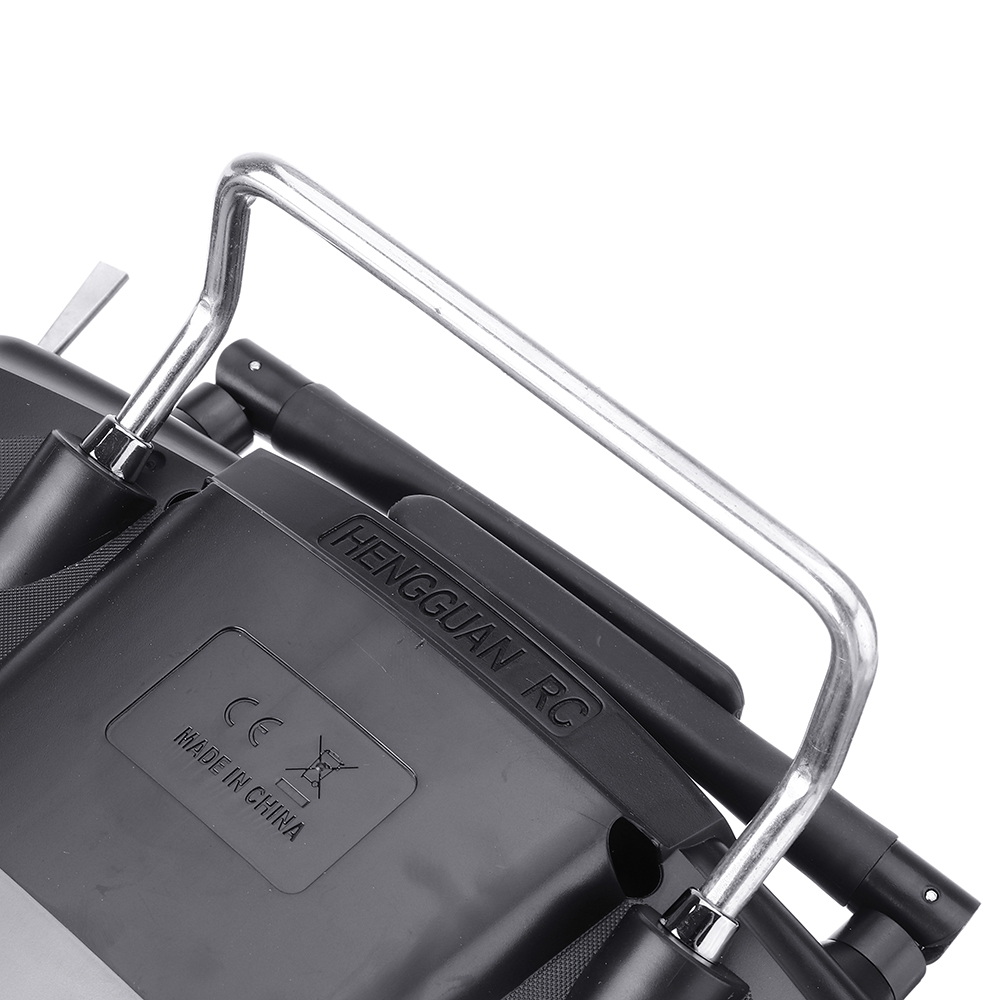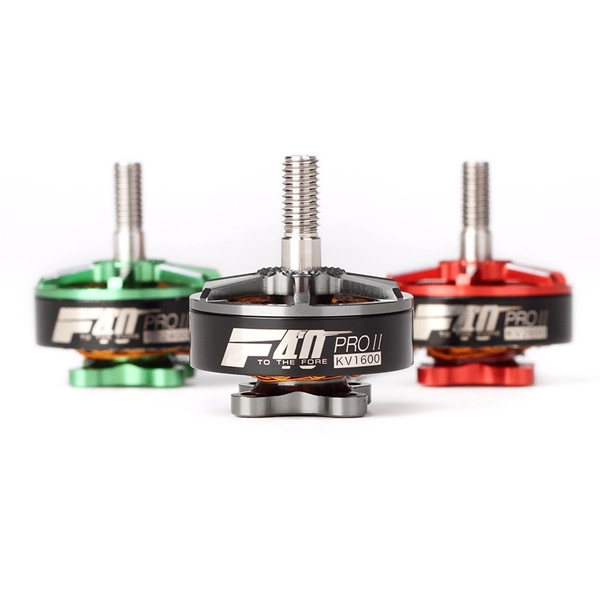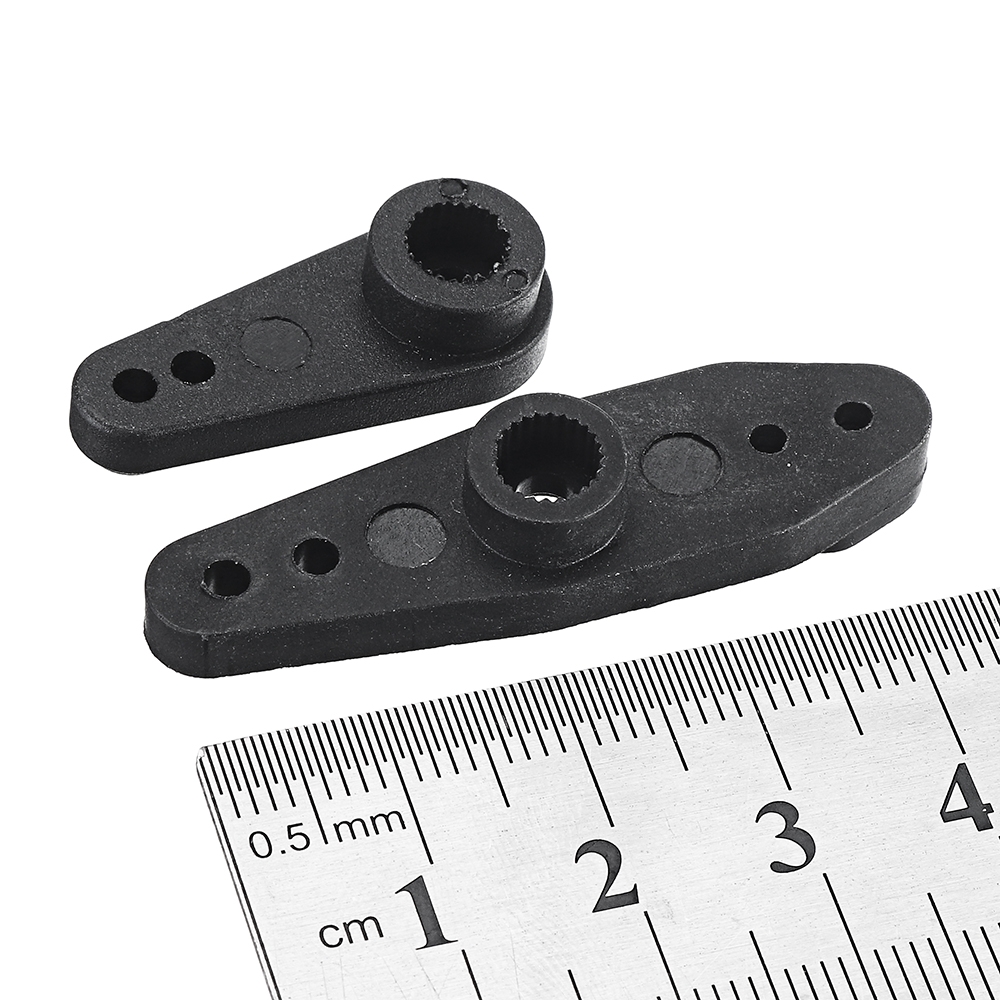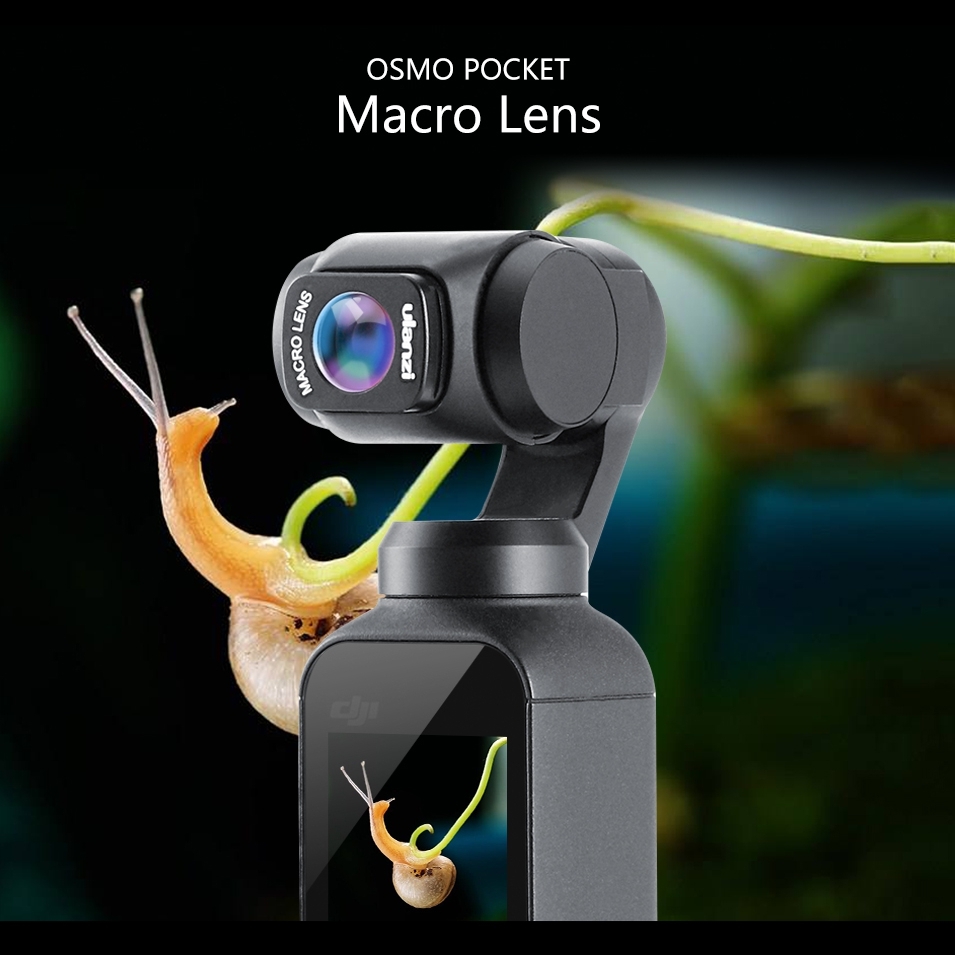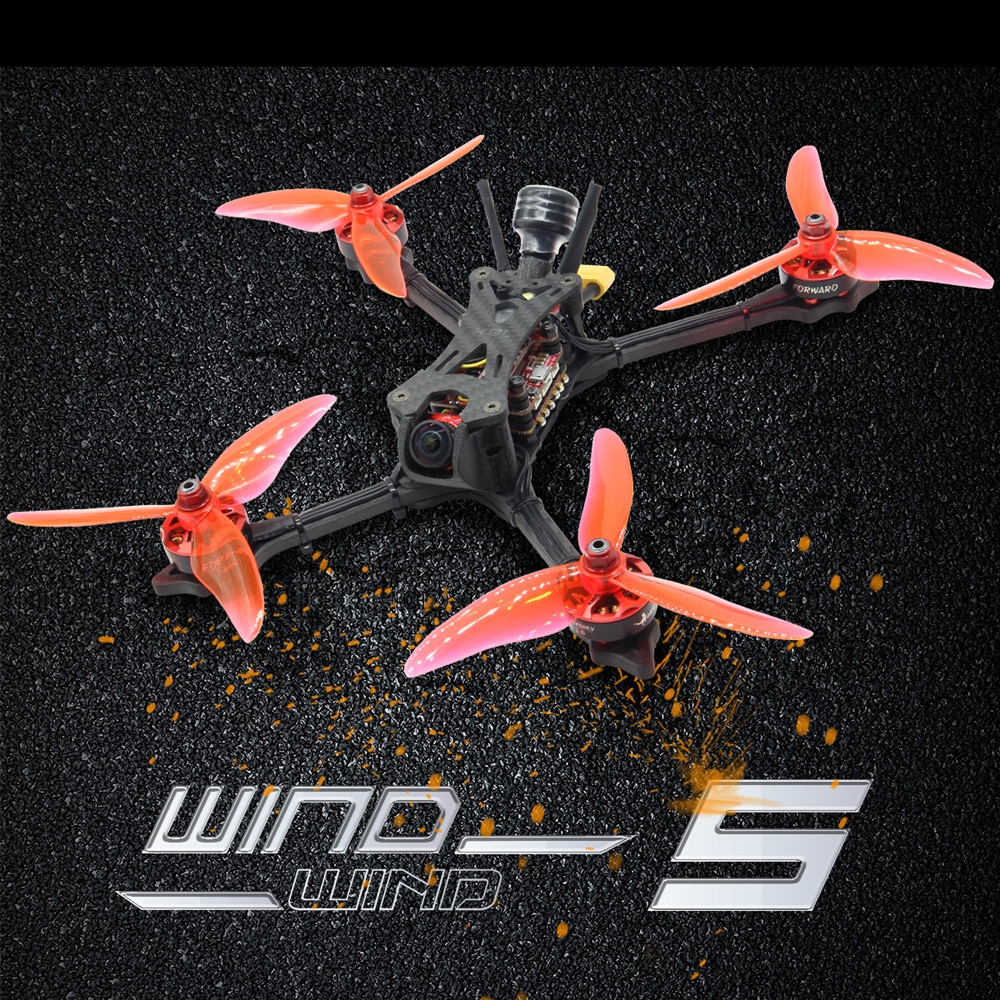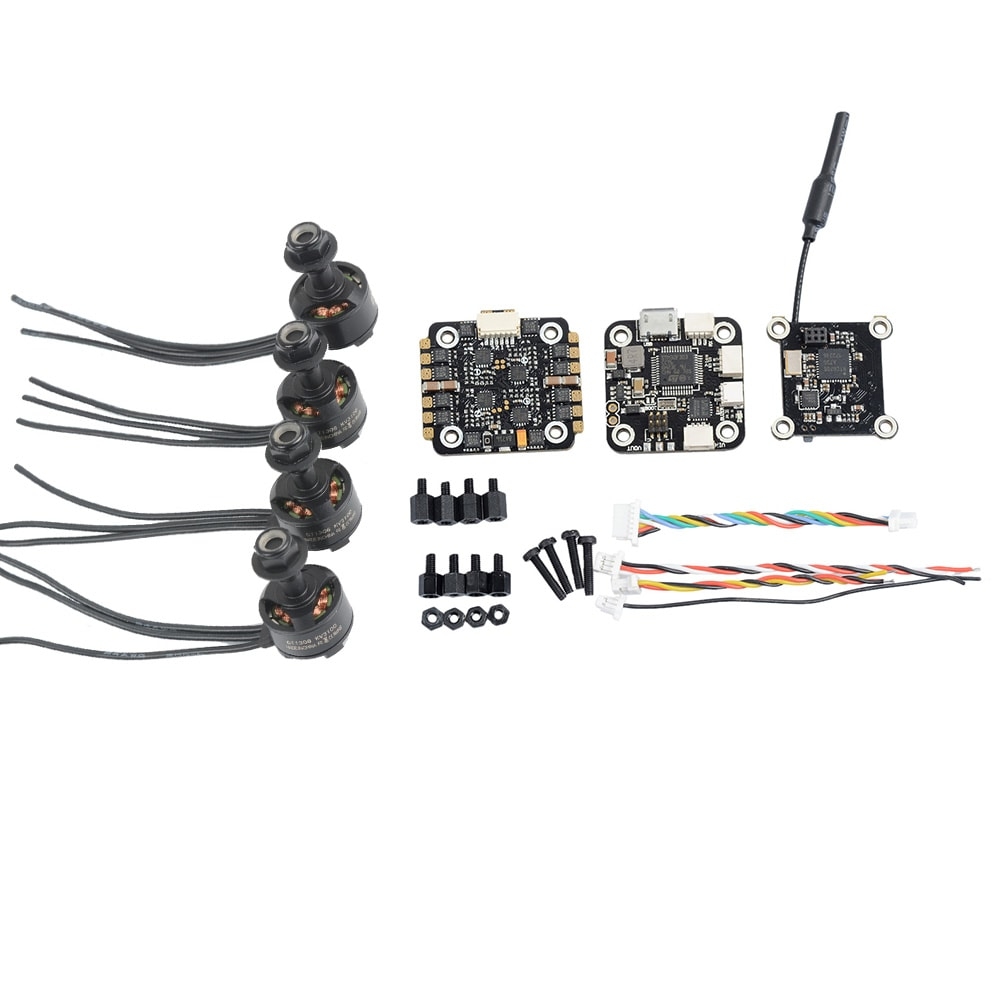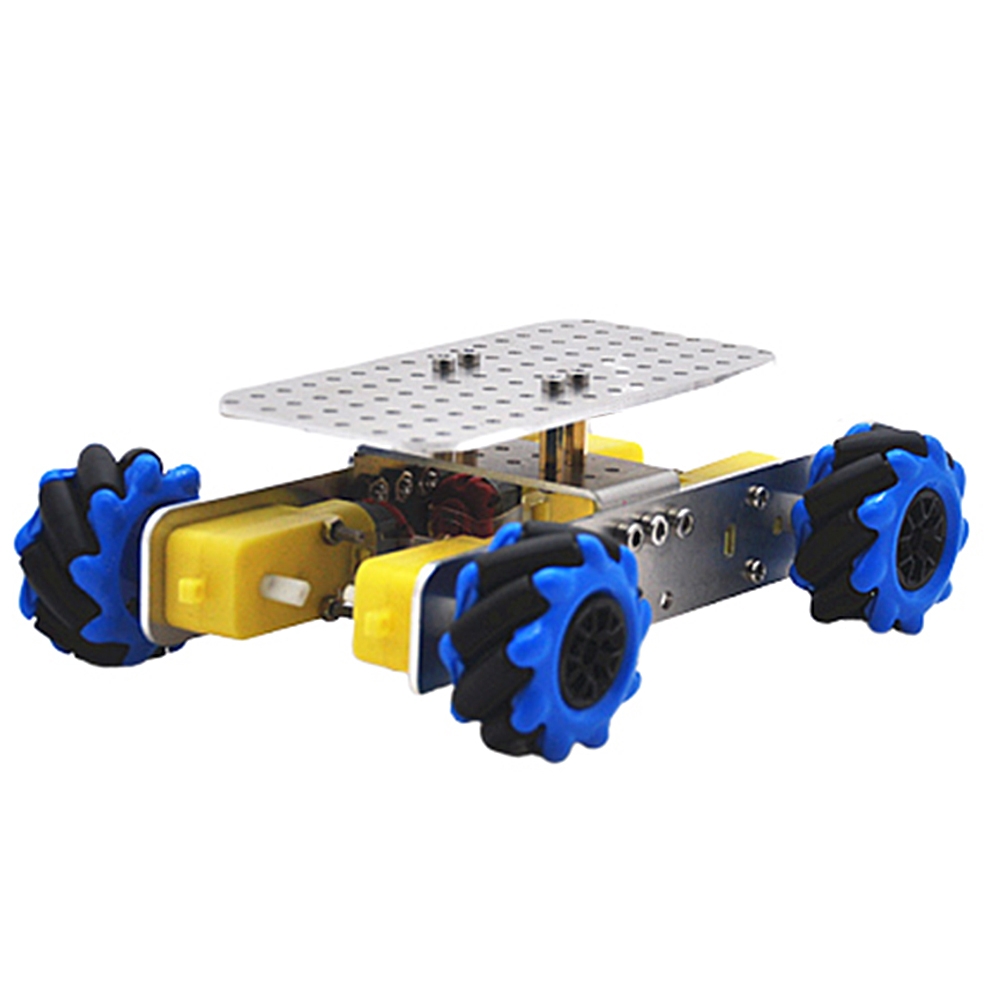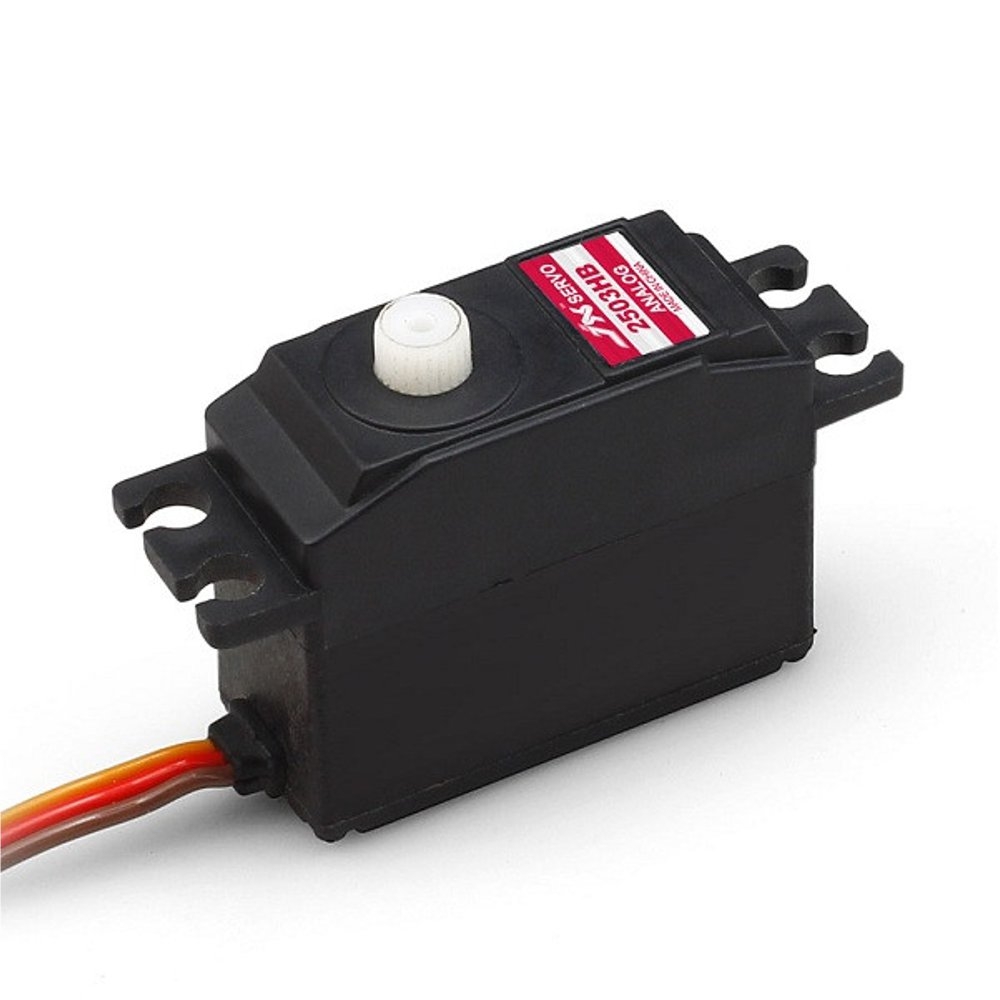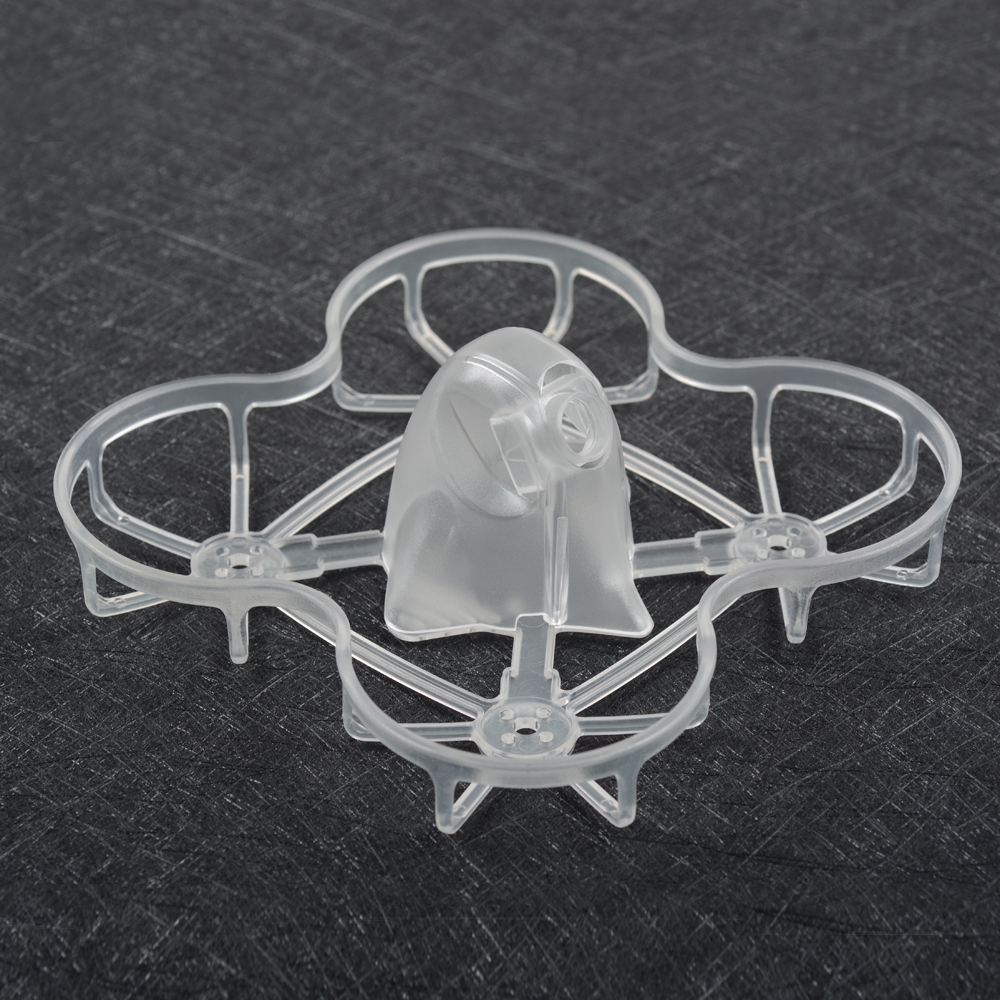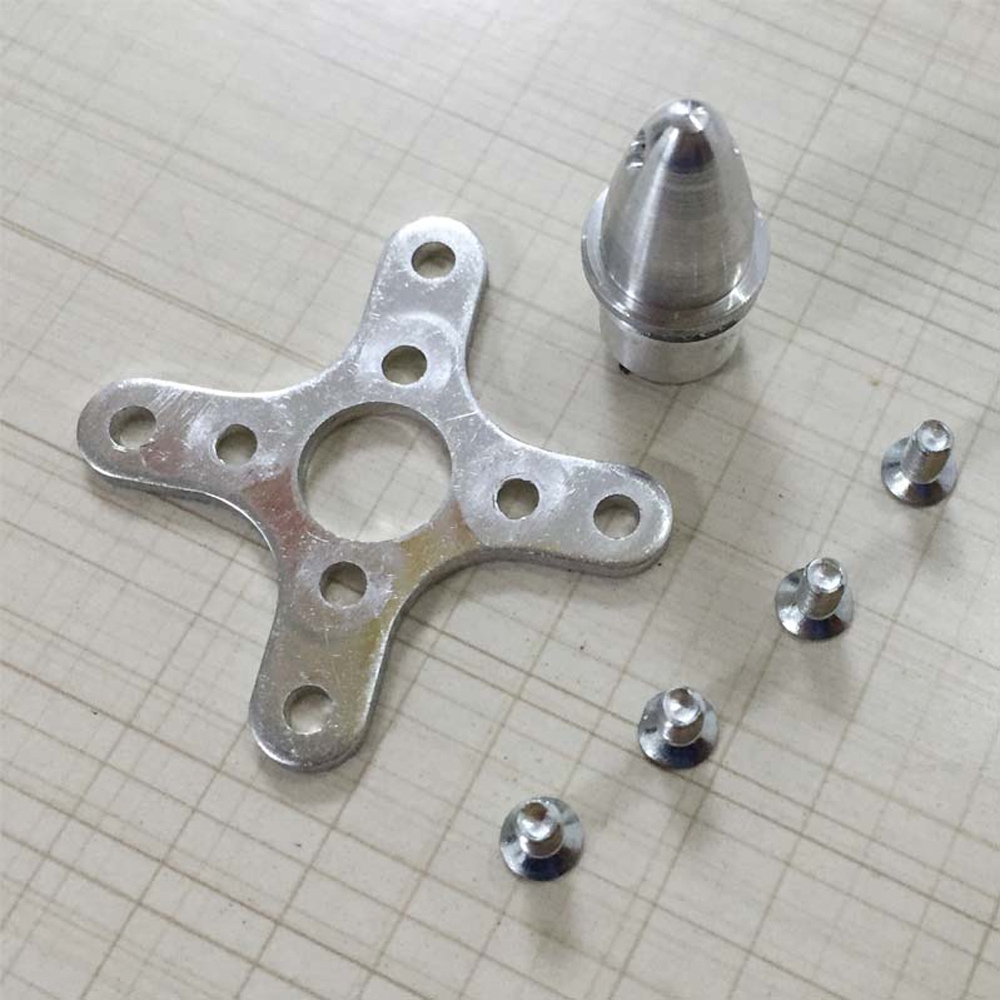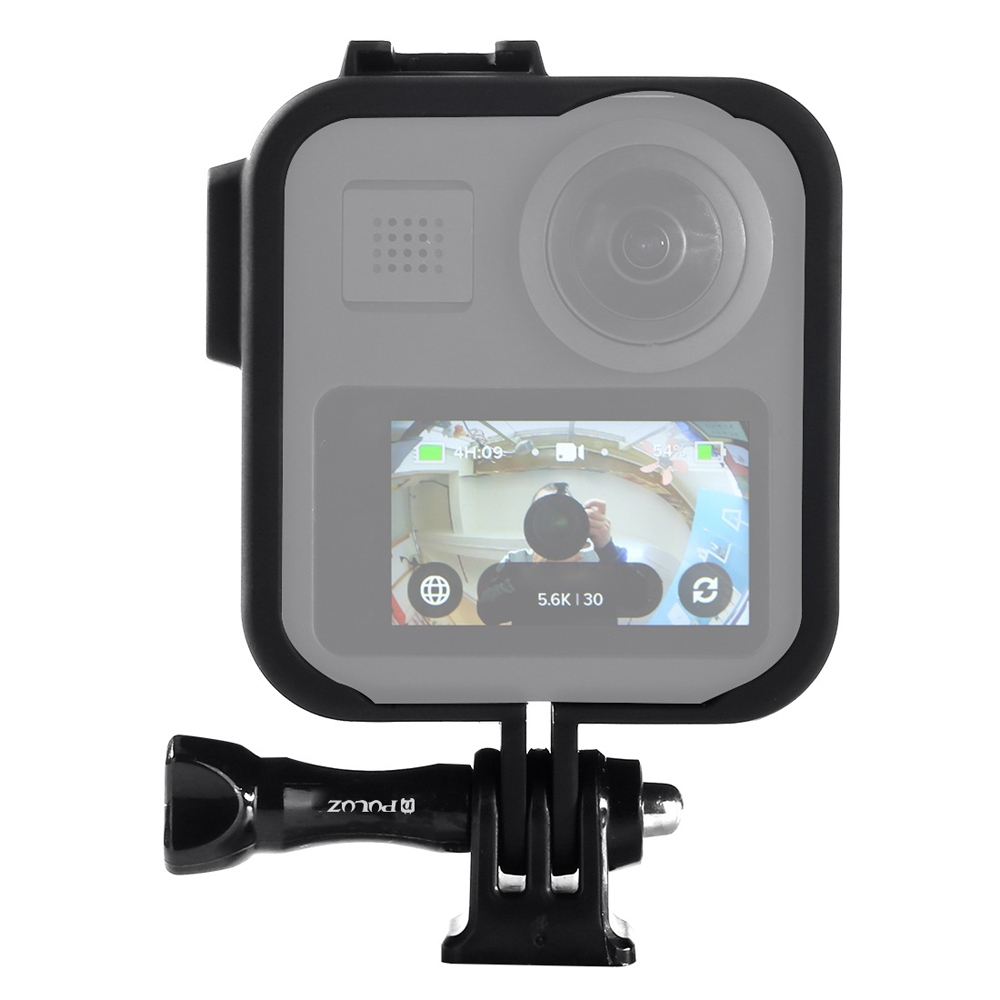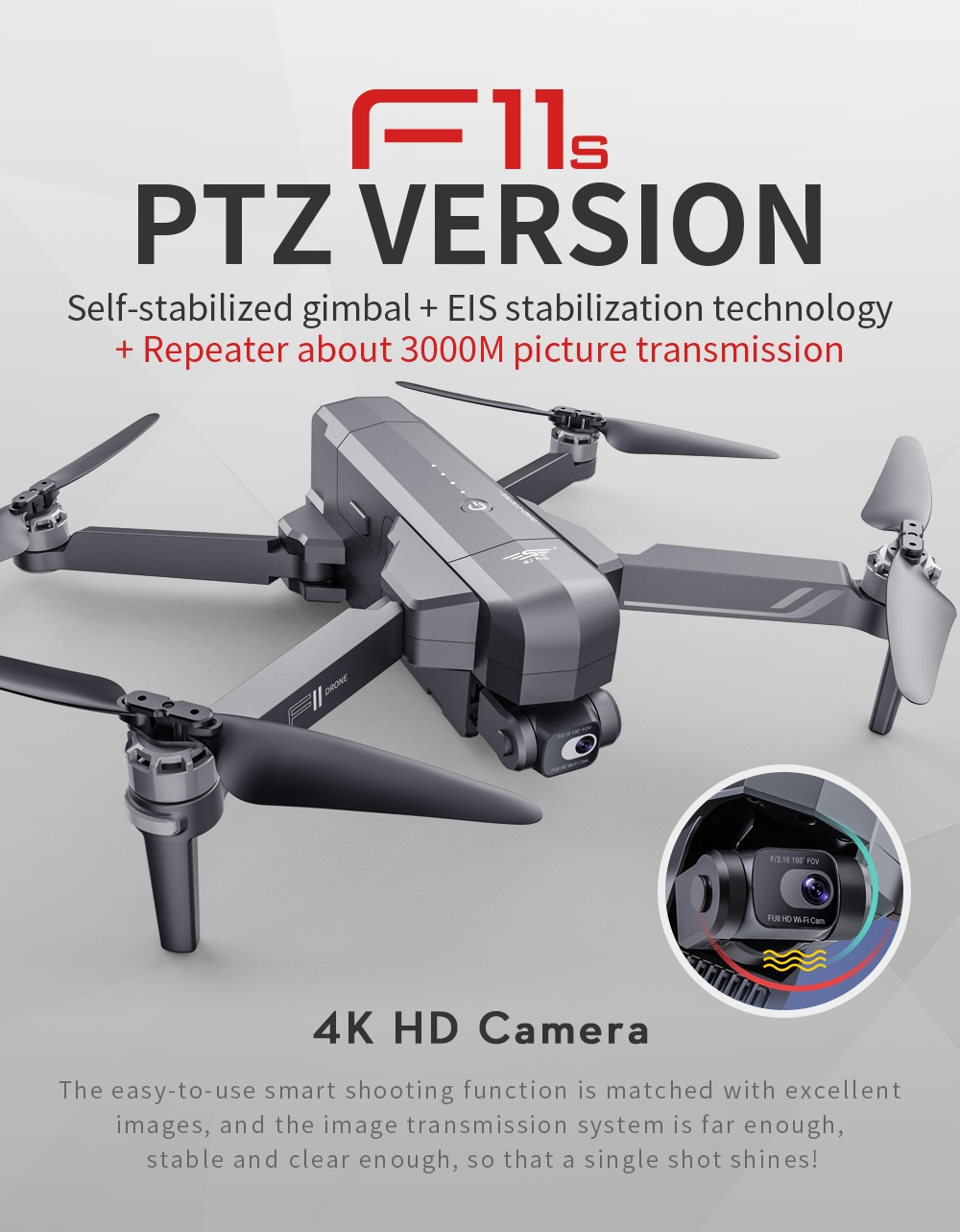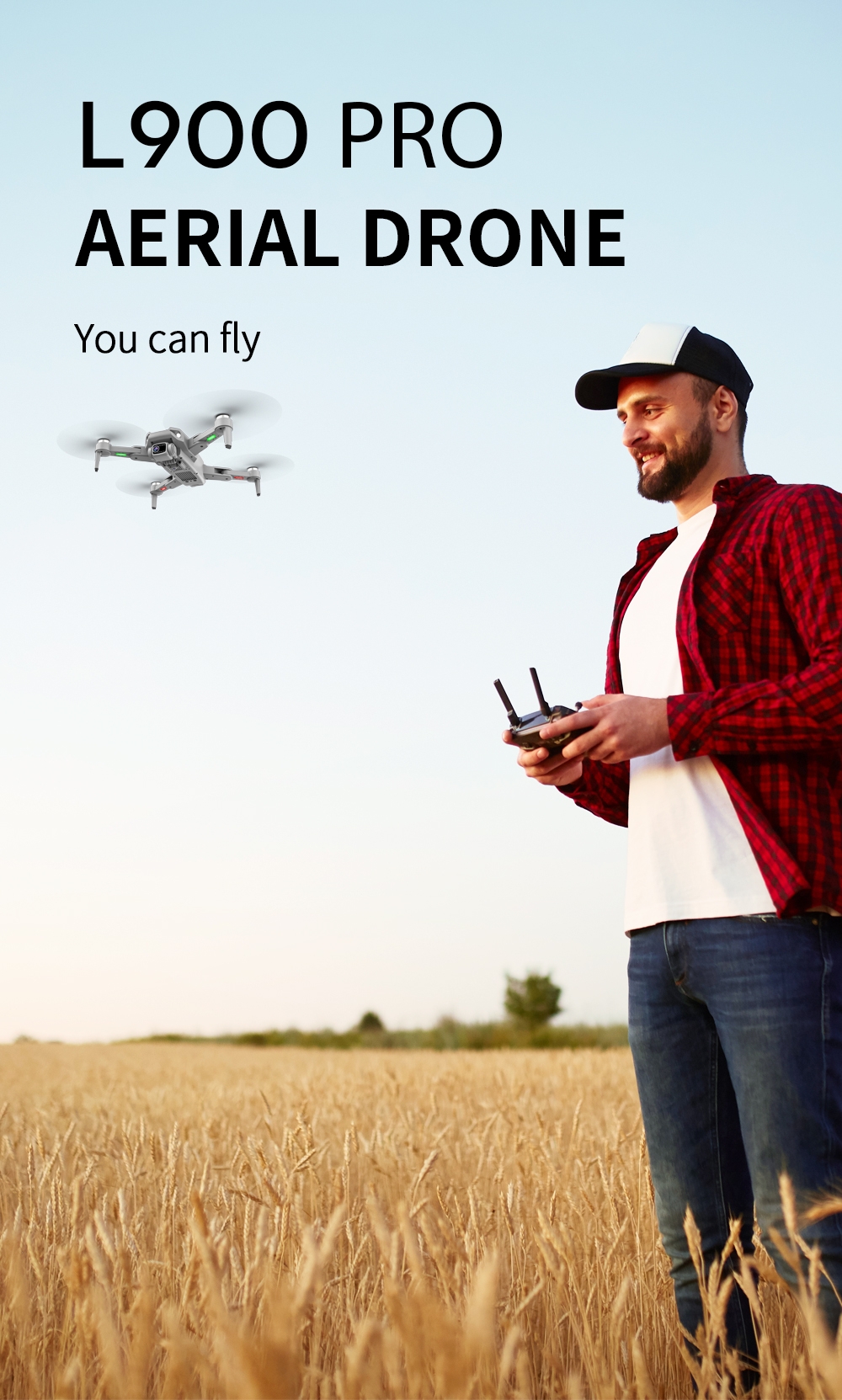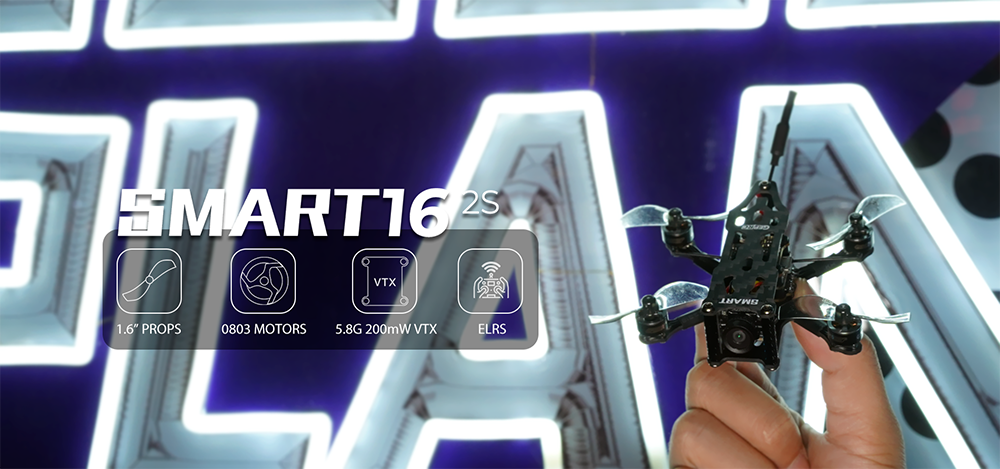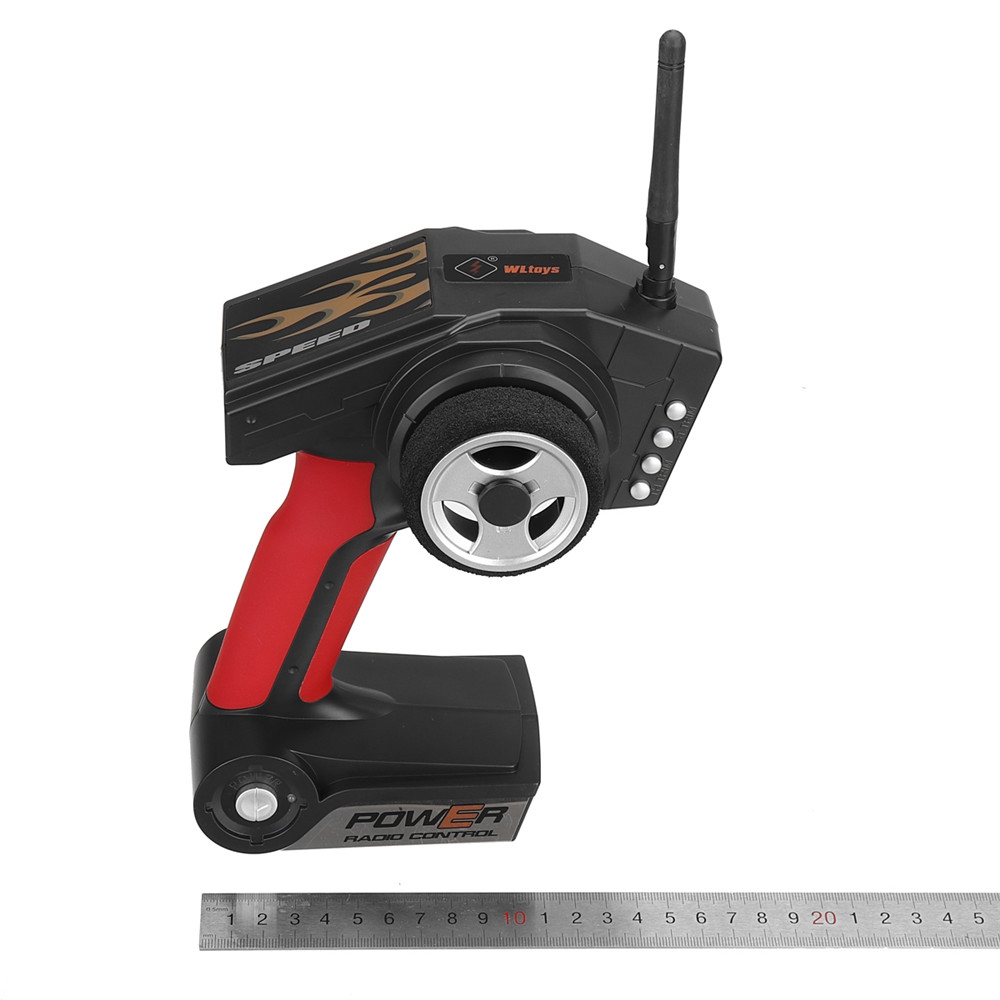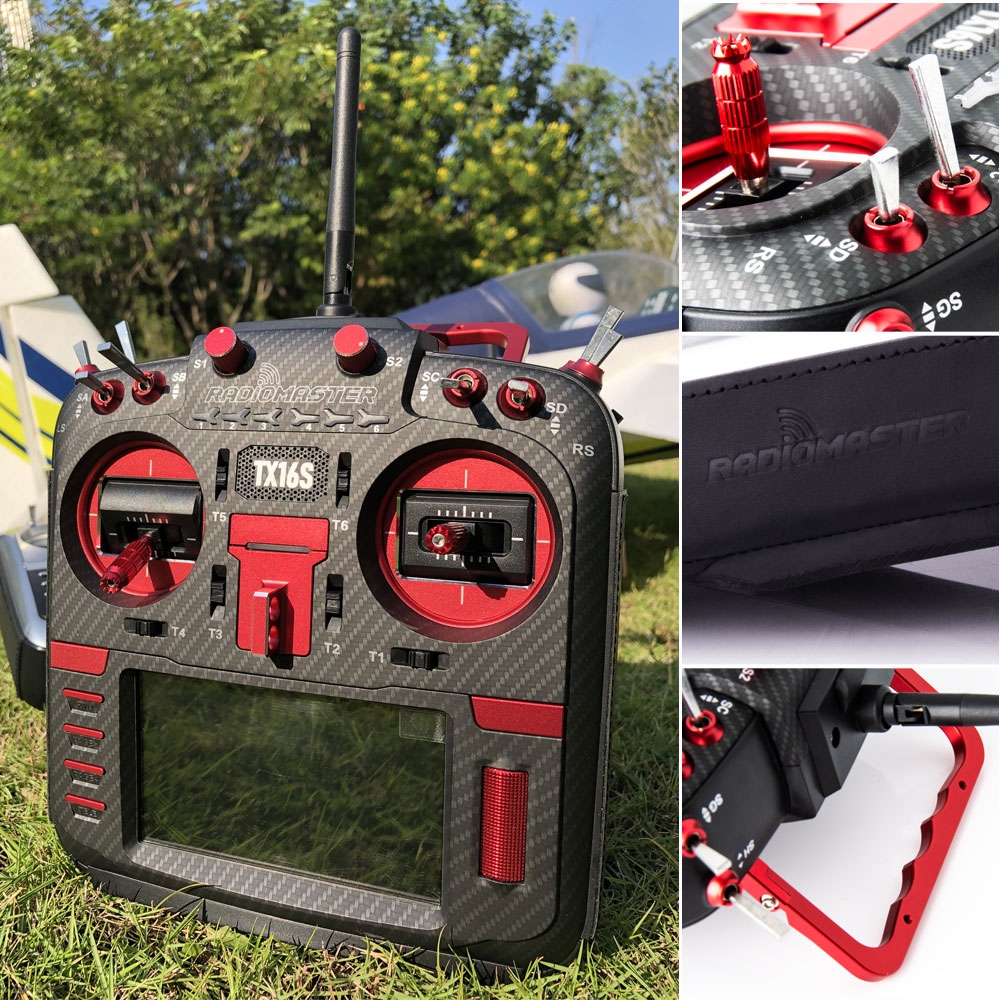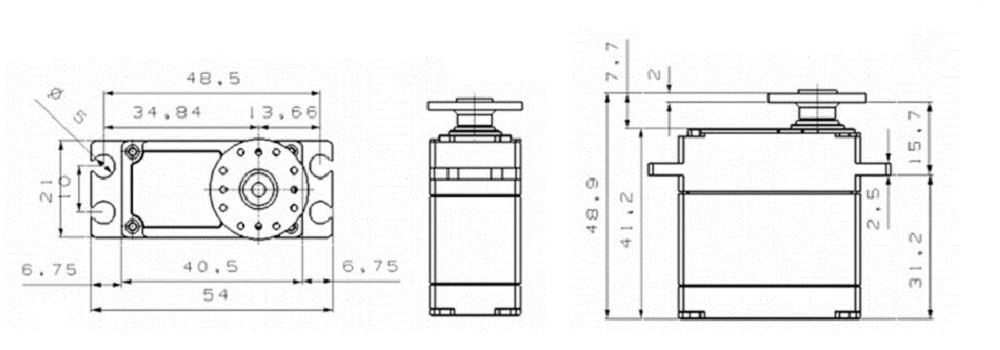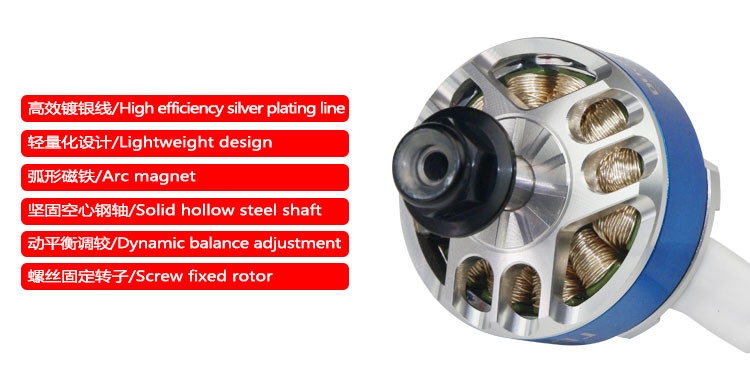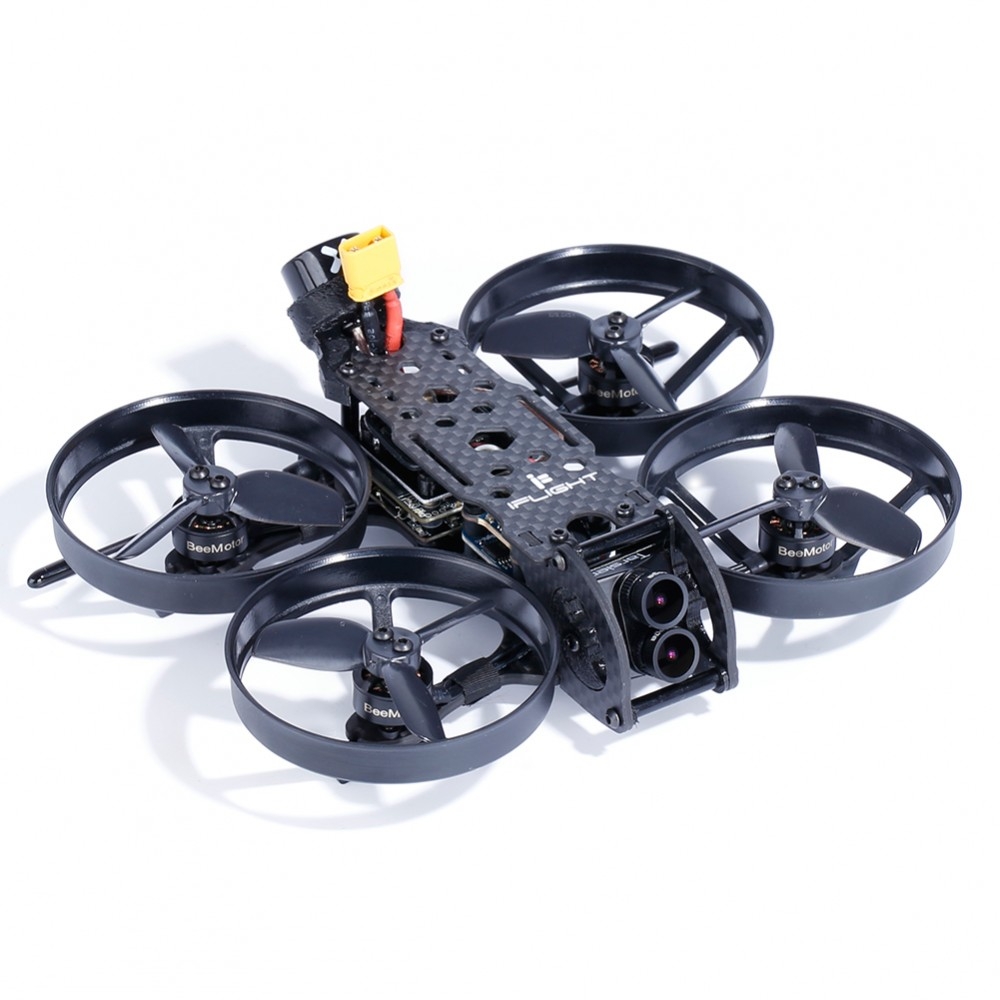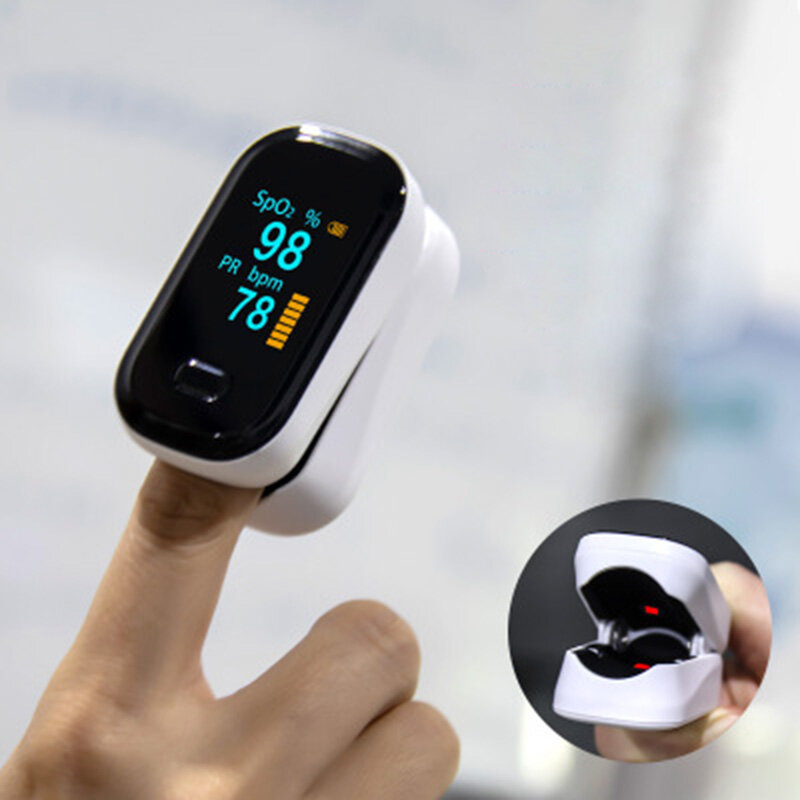The Brain of eVTOL Drone Advanced Flight Control
Download a free copy of pdf Quadcopter equations for development here
If I Had to Build a Human Quadcopter eVTOL, Here's What I Would Do!
Have you ever wondered what it would take to build a flying machine you could actually pilot—your very own human quadcopter eVTOL? Well, today, I’m going to break down exactly how I’d approach this futuristic project. From design to propulsion, safety systems, and controls, let’s make this concept take off—literally!
Every great idea starts with a vision. For a human quadcopter eVTOL, the design must be lightweight, aerodynamic, and, of course, safe. I’d go for a compact design, with a central cockpit surrounded by four rotors positioned at equal distances. The goal? Stability, efficiency, and portability.
I’d use materials like carbon fiber for strength and weight reduction, and I’d aim for a design that could carry one or two people comfortably.
The propulsion system is the heart of any eVTOL. I’d opt for highly efficient electric motors—most likely high-torque brushless DC motors. Each rotor would have pitched propellers for maximum control and thrust optimization.
For power, I’d use a modular battery system, combining lightweight, high-capacity lithium-sulfur batteries with supercapacitors for burst energy during takeoff and maneuvering."
"Next up is the brain of the quadcopter: the flight control system. I’d design an advanced onboard computer with redundant PID control algorithms. This would ensure precise balance and responsiveness, even in windy conditions.
Think of it like a smart autopilot that adjusts rotor speeds in real time to keep you steady and smooth in the air.
Safety is non-negotiable. I’d integrate an emergency parachute system for the entire vehicle, along with multiple redundancies in the flight control hardware. The rotors would have protective shields to minimize risk, and the cockpit would include a crash-resistant cage.
And let’s not forget about sensors: LiDAR for obstacle detection and GPS for precise navigation would be essential.
To maximize flight time, I’d implement a regenerative energy system—harvesting energy during descent and rotor braking. Efficient power management would ensure I could squeeze the maximum range from the battery.
With this setup, I’d target a flight time of 30-45 minutes per charge, with a quick-swap battery system for longer trips.
Before putting this eVTOL in the sky, rigorous testing is key. I’d start with scaled-down prototypes and flight simulations. Once the design proves stable, it’s on to real-world testing in controlled environments.
Iteration is the name of the game. Every test teaches us something new.
A human quadcopter eVTOL isn’t just a cool toy—it has real-world applications. From personal commuting to search-and-rescue missions, the possibilities are endless.
Imagine beating traffic, delivering supplies to hard-to-reach areas, or just enjoying the thrill of personal flight.
Building a human quadcopter eVTOL is a challenge, but it’s also an exciting opportunity to push the boundaries of innovation. So, what do you think of my approach? Have ideas of your own? Let me know in the comments below. And don’t forget to like, subscribe, and hit that bell icon for more futuristic ideas.
To give you an insight for motion and control equations Download a pdf file I have included for one of my UAP concepts, which includes Python programs for simulations in six degrees of freedom as directed. .
1. Motor Selection
Each motor must be powerful enough to drive its propeller to produce 50 pounds of thrust. Look for:
Motor Power: Check thrust charts for motors to ensure they can provide 50 pounds thrust with the chosen propeller. A motor rated at 3-5 kW (or higher) may suffice, depending on propeller and battery specs.
KV Rating: Select based on desired RPM. For heavy-lift applications, lower KV motors (150-250 KV) are common.
2. Propeller Size
Diameter: Larger propellers (e.g., 20-30 inches) can generate higher thrust at lower RPMs, which is ideal for heavy-lift applications.
Pitch: Higher pitch increases thrust but requires more power.
3. Power Source
Each motor will require substantial power, so ensure your power system can support:
Battery Voltage: Higher voltage (e.g., 12S LiPo = 44.4V) is preferred to reduce current.
Battery Capacity: Estimate flight time based on total power draw. For example, if each motor draws 3 kW, the total draw is 24 kW, and a 44.4V battery would need 540 Ah for 1-hour operation.
4. Electronic Speed Controllers (ESCs)
Match the ESC to the motor:
Current Rating: Should exceed the motor's maximum current draw, with some headroom.
Voltage Rating: Compatible with the battery voltage.
5. Airframe
Ensure the frame can handle:
Thank you for watching
If I Had to Build a Human Quadcopter eVTOL, Here's What I Would Do!
Have you ever wondered what it would take to build a flying machine you could actually pilot—your very own human quadcopter eVTOL? Well, today, I’m going to break down exactly how I’d approach this futuristic project. From design to propulsion, safety systems, and controls, let’s make this concept take off—literally!
Every great idea starts with a vision. For a human quadcopter eVTOL, the design must be lightweight, aerodynamic, and, of course, safe. I’d go for a compact design, with a central cockpit surrounded by four rotors positioned at equal distances. The goal? Stability, efficiency, and portability.
I’d use materials like carbon fiber for strength and weight reduction, and I’d aim for a design that could carry one or two people comfortably.
The propulsion system is the heart of any eVTOL. I’d opt for highly efficient electric motors—most likely high-torque brushless DC motors. Each rotor would have pitched propellers for maximum control and thrust optimization.
For power, I’d use a modular battery system, combining lightweight, high-capacity lithium-sulfur batteries with supercapacitors for burst energy during takeoff and maneuvering."
"Next up is the brain of the quadcopter: the flight control system. I’d design an advanced onboard computer with redundant PID control algorithms. This would ensure precise balance and responsiveness, even in windy conditions.
Think of it like a smart autopilot that adjusts rotor speeds in real time to keep you steady and smooth in the air.
Safety is non-negotiable. I’d integrate an emergency parachute system for the entire vehicle, along with multiple redundancies in the flight control hardware. The rotors would have protective shields to minimize risk, and the cockpit would include a crash-resistant cage.
And let’s not forget about sensors: LiDAR for obstacle detection and GPS for precise navigation would be essential.
To maximize flight time, I’d implement a regenerative energy system—harvesting energy during descent and rotor braking. Efficient power management would ensure I could squeeze the maximum range from the battery.
With this setup, I’d target a flight time of 30-45 minutes per charge, with a quick-swap battery system for longer trips.
Before putting this eVTOL in the sky, rigorous testing is key. I’d start with scaled-down prototypes and flight simulations. Once the design proves stable, it’s on to real-world testing in controlled environments.
Iteration is the name of the game. Every test teaches us something new.
A human quadcopter eVTOL isn’t just a cool toy—it has real-world applications. From personal commuting to search-and-rescue missions, the possibilities are endless.
Imagine beating traffic, delivering supplies to hard-to-reach areas, or just enjoying the thrill of personal flight.
Building a human quadcopter eVTOL is a challenge, but it’s also an exciting opportunity to push the boundaries of innovation. So, what do you think of my approach? Have ideas of your own? Let me know in the comments below. And don’t forget to like, subscribe, and hit that bell icon for more futuristic ideas.
To give you an insight for motion and control equations Download a pdf file I have included for one of my UAP concepts, which includes Python programs for simulations in six degrees of freedom as directed. .
1. Motor Selection
Each motor must be powerful enough to drive its propeller to produce 50 pounds of thrust. Look for:
Motor Power: Check thrust charts for motors to ensure they can provide 50 pounds thrust with the chosen propeller. A motor rated at 3-5 kW (or higher) may suffice, depending on propeller and battery specs.
KV Rating: Select based on desired RPM. For heavy-lift applications, lower KV motors (150-250 KV) are common.
2. Propeller Size
Diameter: Larger propellers (e.g., 20-30 inches) can generate higher thrust at lower RPMs, which is ideal for heavy-lift applications.
Pitch: Higher pitch increases thrust but requires more power.
3. Power Source
Each motor will require substantial power, so ensure your power system can support:
Battery Voltage: Higher voltage (e.g., 12S LiPo = 44.4V) is preferred to reduce current.
Battery Capacity: Estimate flight time based on total power draw. For example, if each motor draws 3 kW, the total draw is 24 kW, and a 44.4V battery would need 540 Ah for 1-hour operation.
4. Electronic Speed Controllers (ESCs)
Match the ESC to the motor:
Current Rating: Should exceed the motor's maximum current draw, with some headroom.
Voltage Rating: Compatible with the battery voltage.
5. Airframe
Ensure the frame can handle:
Thank you for watching
Racer.lt is not the owner of this text/video/image/photo content, the real source of content is Youtube.com and user declared in this page publication as Youtube.com user,
if you have any question about video removal, what was shared by open community, please contact Youtube.com directly or report bad/not working video links directly to video owner on Youtube.com. Removed video from Youtube.com will also be removed from here.
Watch more videos
-
SnapMaker J1 IDEX 3d printer - double extruder workflow sample dual head print
#shorts Enjoy double extruder workflow satisfaction Music by: Gibran Alcocer - Idea 1 - piano c... -
DeathStroke BambuLab X1C #Shorts
#shorts DeathStoke wearable mask made with BambuLab X1C #3dprinting -
Enduro Rally 2021 - Pabradė military base
Had a wonderful opportunity to be in a very dirty place on a badly rainy morning but with great a...
- 20 Minutes of Jaw-Dropping Winter Sports & Activities | People Are Awesome
- The 1st FPV drone Building Dive Circa 2016. Gone wrong ????
- Man Holds Woman’s Hands While She Does Contortion | People Are Awesome #shorts
- Fake Forward feat. Erika - What I Am (Radio Edit)
- Kygo Mix 2016 ♛ The King of Tropical House | Beautiful Summer Mix 2016
Interesting video






